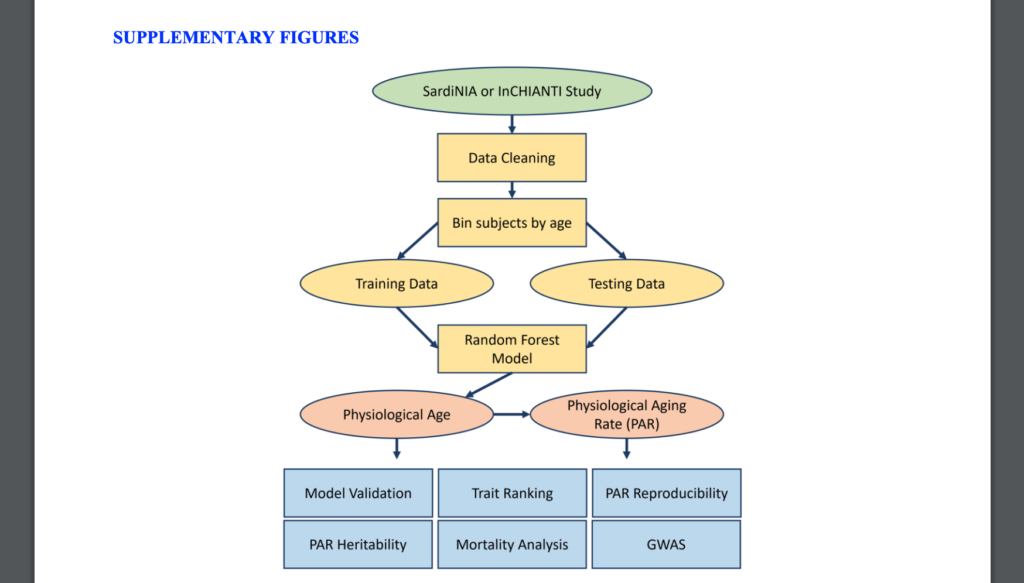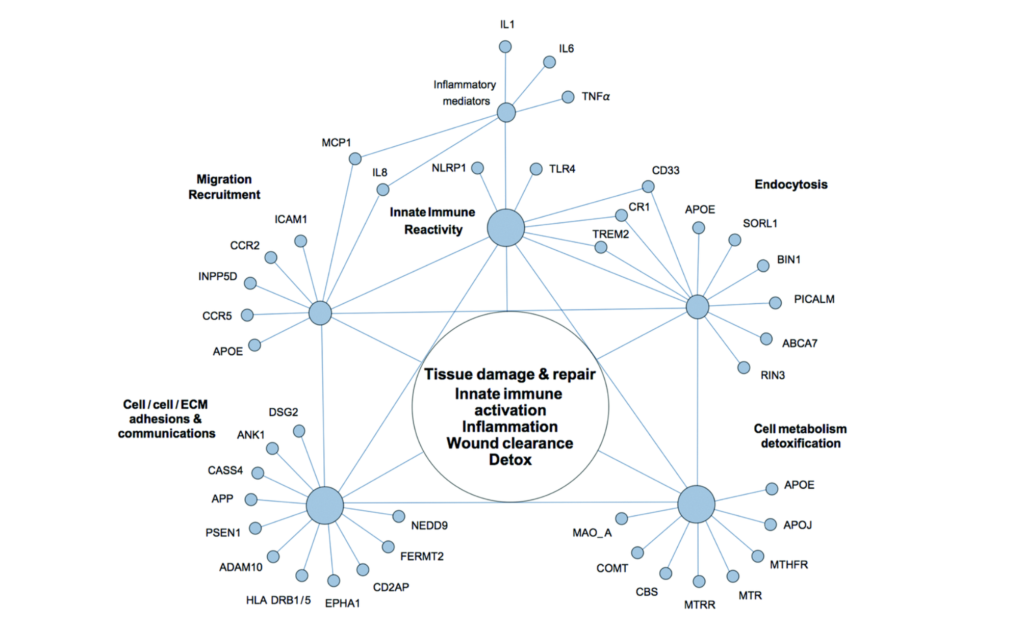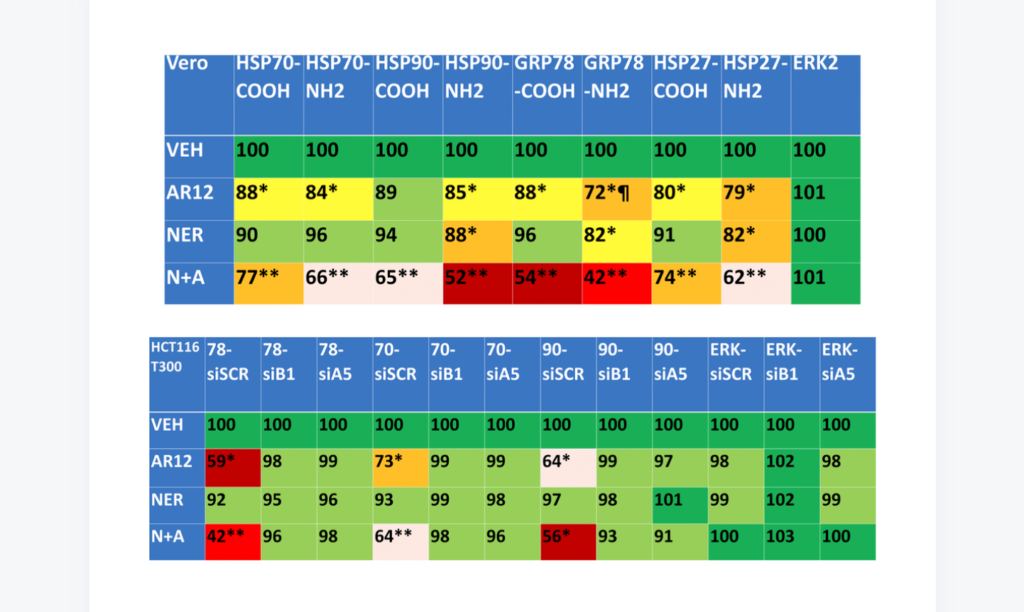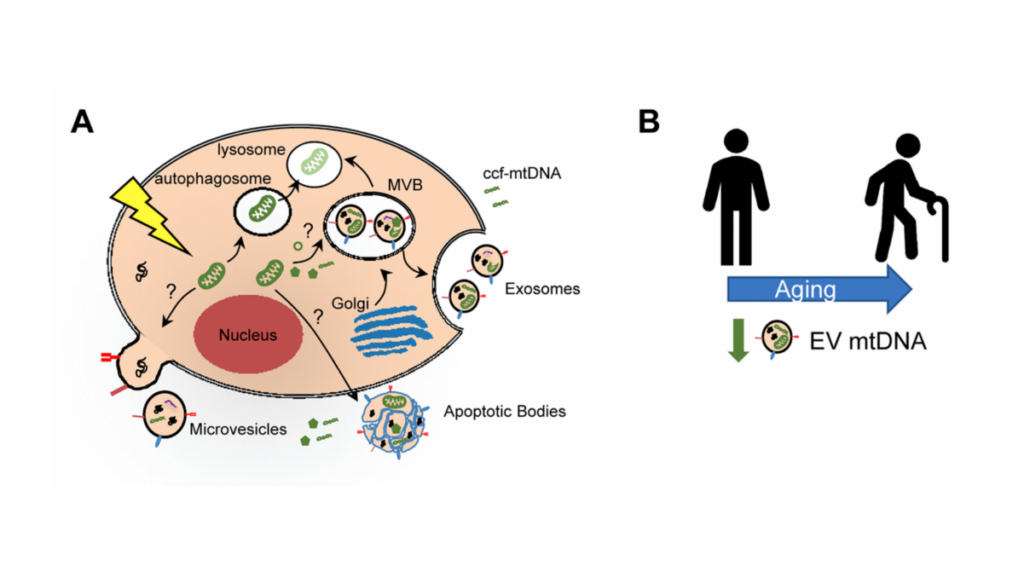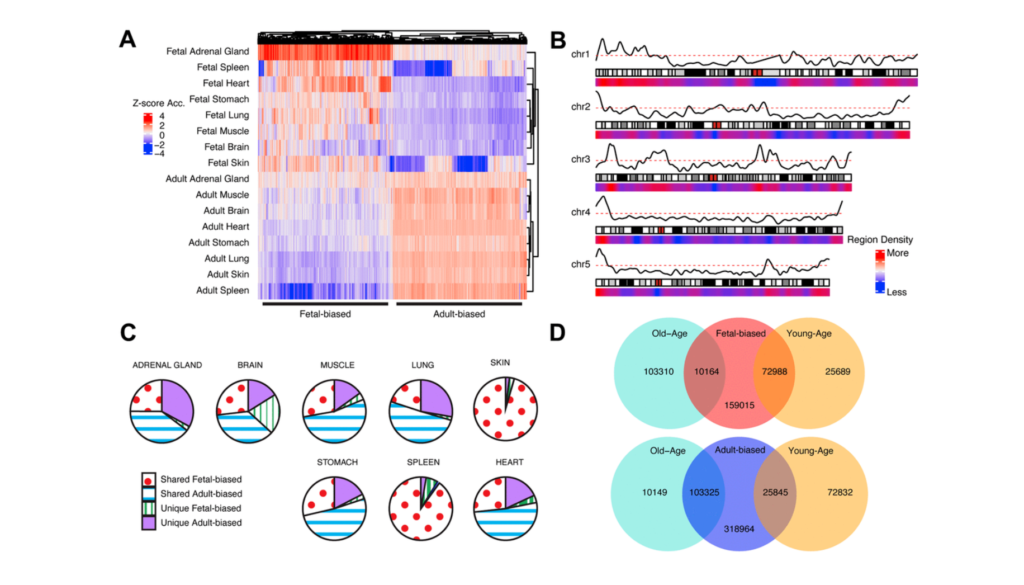In a two-year study, researchers compared the effects of choral singing with the effects of health education in an elderly cohort.

The Trending With Impact series highlights Aging (Aging-US) publications that attract higher visibility among readers around the world online, in the news, and on social media—beyond normal readership levels. Look for future science news about the latest trending publications here, and at Aging-US.com.
—
There may be many paths that lead to the cessation of aging, or there may only be one—this mystery has yet to reveal itself. However, there is a wide array of evidenced methods capable of preserving youth by slowing down the aging process, and even mildly reversing it. Some known natural interventions are healthy diets, consistent exercise and avoiding aging-related risk factors, including carcinogens such as alcohol, cigarettes and excess sun exposure. Researchers have also studied less intuitive repetitive behaviors that appear to improve the cognitive decline associated with aging. For example, in a study published in 2015, researchers found that active singing led to cognitive improvements in participants with dementia.
“People engaging in lifelong music-making have been found to have better cognitive outcomes later in life.”
In a research study published in 2020, 30 researchers—from National University of Singapore, Singapore Institute for Clinical Sciences, National University Health System, University of Cambridge, University of London, Singapore Immunology Network, Maurine Tsakok Inc, Voices of Singapore Choral Society, Presbyterian Community Services, NTUC Health Co-operative Limited, Beijing Chui Yang Liu Hospital, Fudan University, Massachusetts General Hospital, Harvard Medical School, Nanyang Technological University, Imperial College London, and Genome Institute of Singapore—conducted the world’s first study designed to compare the impact of choral singing versus health education on cognitive function and aging in a randomized controlled trial (RCT). Their trending research paper was published by Aging (Aging-US) in 2020 and entitled, “Effects of choral singing versus health education on cognitive decline and aging: a randomized controlled trial”.
“In this RCT, we hypothesized that choral singing would improve cognitive health and/or reduce cognitive decline in elderly with high risk of dementia.”
The Study
This study, based out of Singapore, was designed for half of the subjects to participate in a choral singing program for one hour every week, over the course of two years. This program was conducted at the National University of Singapore’s Yong Siew Toh Conservatory of Music. In these sessions, professional musicians taught the fundamental concepts and mechanics of “good” singing, including breathing techniques, harmonies, memorization and listening skills. Participants also prepared to sing in public performances to promote motivation, purpose, pride and accomplishment.
“Each session incorporated the musical, social, and physical aspects of choral singing.”
Forty-seven participants were randomly assigned to the choral singing intervention (CSI) arm, and 46 were assigned to the health education program (HEP) arm. Parallel to the CSI participants, HEP participants completed a weekly one-hour health education session at the Training and Research Academy at Jurong Point for two years. Family physicians, specialist clinicians and community nurses facilitated these sessions, which included short talks on health-related topics, group activities, memory work, and physical activities (not including singing).
At baseline, the researchers collected demographic and clinical characteristics from each participant. Characteristics included: age, gender, education, marital status, living situation, status of hypertension, diabetes mellitus, heart diseases, average composite cognitive test score, Singapore Modified Mini-Mental State Examination (SM-MMSE) score, and Geriatric Depression Scale (GDS). Follow-up assessments were conducted at two additional times throughout the study—after year one and year two of the programs. Researchers assessed the effects of both these programs on brain imaging, immune system and oxidative damage markers.
“Our study is the first randomized trial in the world that systematically assessed the effects of singing on cognitive decline in aging and the potential effects on brain imaging, immune system and oxidative damage markers.”
Results and Conclusion
The researchers were forthcoming about limitations in this study. The cohort was small and they did not include a non-intervention control arm; researchers were only able to compare the effects of choral singing to the effects seen in the health education cohort. The team did, however, observe an increase in the mean composite cognitive test scores among participants in the singing group, and a decrease in the mean composite cognitive test scores among participants in the health education group. They did not observe differences in brain aging, oxidative damage or immunosenescence.
“Our findings from the very first RCT on this topic suggest that choral singing is a potentially useful intervention for the promotion of cognitive health in aging. Choral singing is a safe and enjoyable activity, and is likely to be embraced by the community. Policy makers may consider promoting choral singing for healthy and active aging of seniors in the community. This is especially relevant for countries where existing resources are available.”
Click here to read the full research paper published by Aging (Aging-US).
WATCH: AGING VIDEOS ON LABTUBE
—
Aging (Aging-US) is an open-access journal that publishes research papers monthly in all fields of aging research and other topics. These papers are available to read at no cost to readers on Aging-us.com. Open-access journals offer information that has the potential to benefit our societies from the inside out and may be shared with friends, neighbors, colleagues, and other researchers, far and wide.
For media inquiries, please contact media@impactjournals.com.

